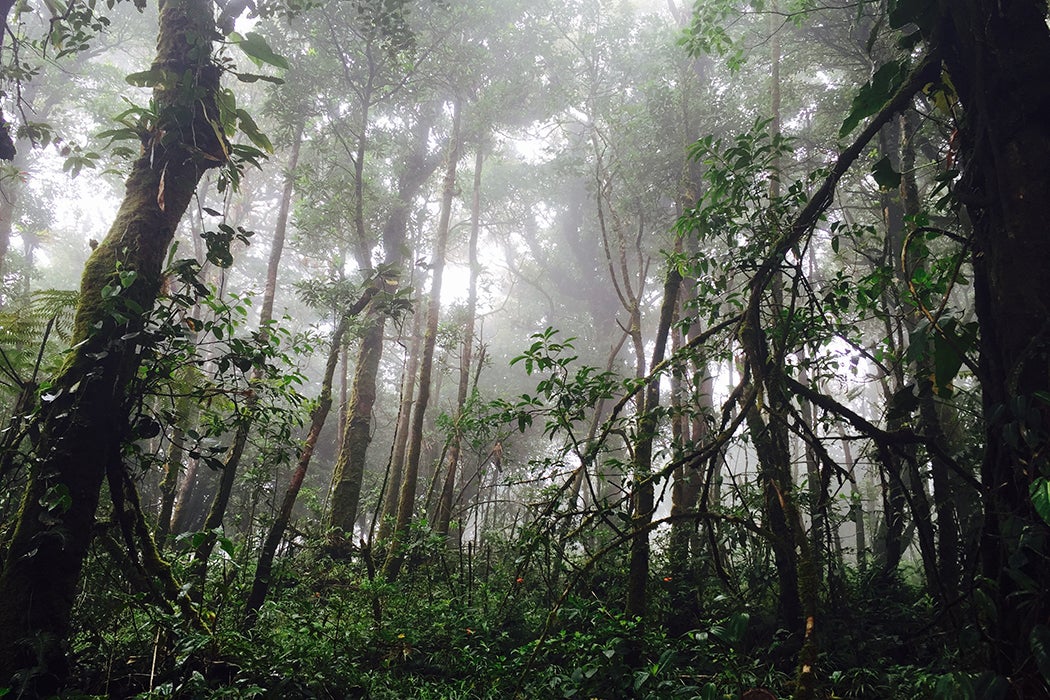As climate change looms, economists and scientists continue to seek ways to reduce the release of carbon into the atmosphere. There is a lot of research into ways we can preserve our modern way of life while reducing carbon emissions, especially in the already-developed world. Sometimes a low-tech approach is overlooked: conserving forests. Keeping a forest standing keeps a lot of carbon from entering the atmosphere in the first place (not to mention further carbon storage through photosynthesis and tree growth).
If limiting carbon is the goal, it is clearly in the global interest to keep forests standing. But for locals, the value depends on the opportunity cost of keeping the forest intact vs. exploitation. At the local level, income from ecotourism and sustainable forestry products often net higher income than slash-and-burn agriculture. Industrial scale logging, on the other hand, is far more profitable at the national level. Industrial logging is not good for local residents, however, in part since it deprives locals of the opportunity to profit from the forest individually.
The value of the intact forest is higher to the international community, which does not depend on the forest for income. The formula varies from place to place, but it is possible to calculate the exact opportunity cost to keeping the forest standing. This is the amount that the international community needs to pay, per forest, to make it worthwhile for a nation to keep a forest standing. Currently national governments, who make conservation decisions, foot most of these opportunity costs.
Does it work? Costa Rica, renowned for its biodiversity, has engaged in a national system since 1979, with a tax credit for private landowners to conserve their forests. By the 1990s it had become a direct payment system, with payments per hectare (up to a limit) for leaving forest alone, and larger payments for restoration and maintenance. The program is voluntary, and landowners enroll through a rigorous application process. Payments are withheld until the specified conservation activities have been verified.
Weekly Newsletter
Forest cover in Costa Rica has increased, but there have also been a series of regulatory changes over the same period. The payments are relatively low, benefitting mostly large farms. The payment amount is tricky to manage; too high and fewer contracts are available, too low and nobody enrolls. The government has used innovative funding mechanisms, e.g. selling carbon offsets, but basically the country pays the costs itself.
So the results are mixed. Above all, payments probably need to be higher; foreign aid is usually a fraction of the actual opportunity cost of logging. But a study from Ecuador, paid for by international donors, is showing direct conservation payments can lead to increased tree diversity. A good sign, to be sure.







